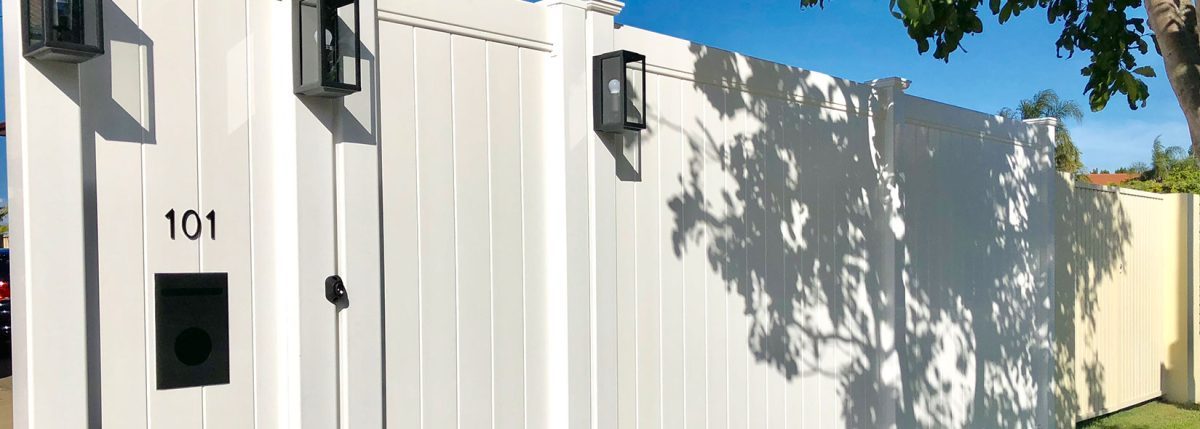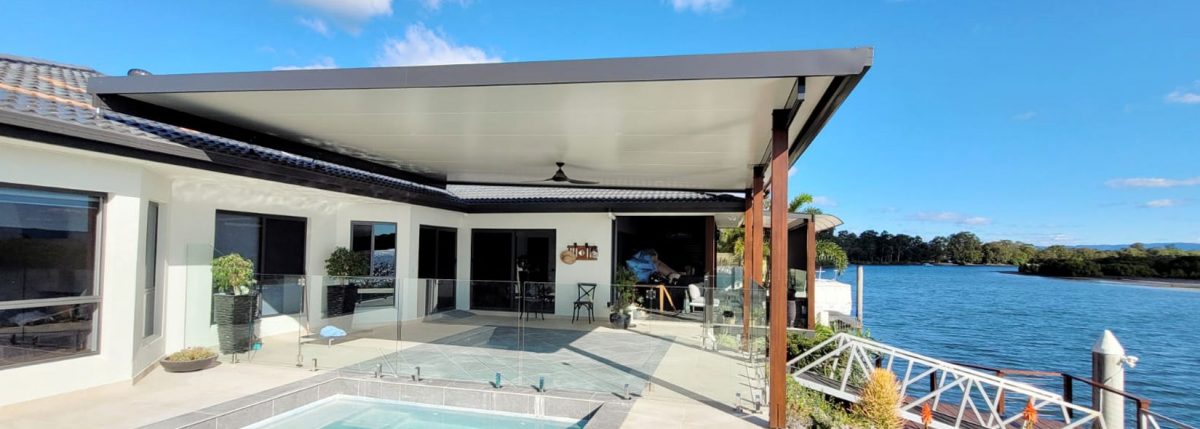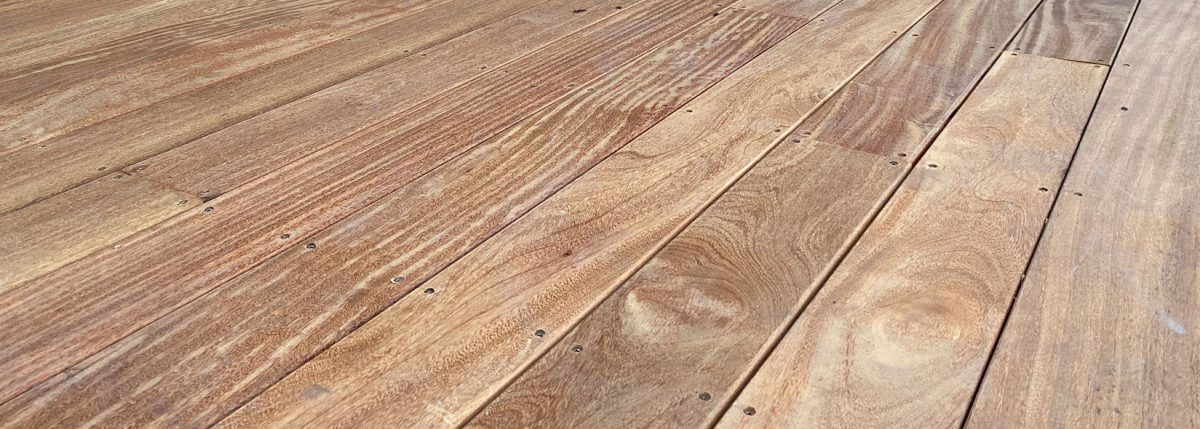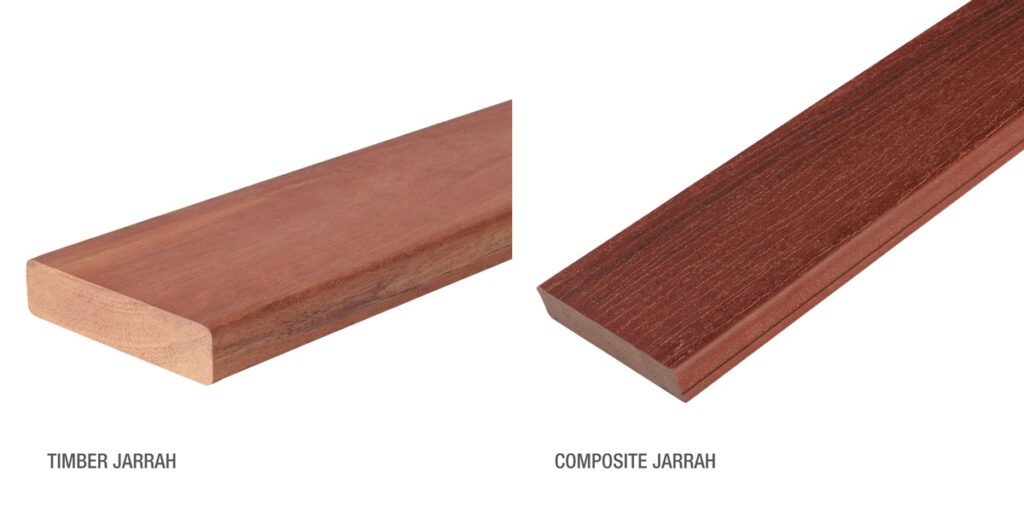In recent years, there has been a growing awareness of the importance of supporting local industries and reducing our carbon footprint. One area where this sentiment holds true is the use of PVC (polyvinyl chloride) products. While imported PVC goods may seem appealing due to lower prices, choosing Australian-made PVC products offers numerous advantages.
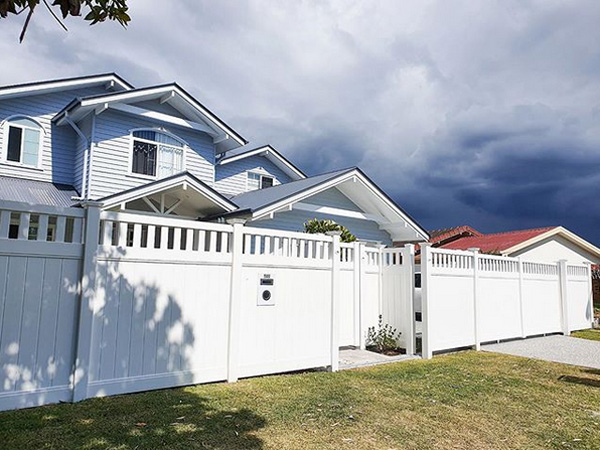
In this blog post, we will explore why opting for locally manufactured PVC items is a smart choice for consumers and the environment.
- Quality Assurance: Australian-made PVC products adhere to stringent quality standards and undergo rigorous testing. These products are manufactured using advanced technologies and machinery, ensuring superior craftsmanship and durability. By choosing Australian-made PVC items, you can trust that you’re investing in high-quality products that meet or exceed industry regulations.
- Support for Local Industries: By purchasing PVC products made in Australia, you contribute to the growth and sustainability of local businesses. Supporting domestic manufacturers helps preserve jobs and promotes economic stability within your community. Choosing local products fosters a sense of pride in supporting homegrown industries and ensures a stronger economy for future generations.
- Reduced Environmental Impact: Importing PVC products from overseas often involves long-distance transportation, which contributes to carbon emissions and environmental degradation. By selecting Australian-made PVC goods, you significantly reduce the carbon footprint associated with transportation. Additionally, local manufacturers often prioritize sustainability and environmentally friendly practices, further reducing the environmental impact of their operations
- Compliance with Australian Standards: Australian-made PVC products comply with stringent national regulations and safety standards. These standards encompass aspects such as product composition, labelling, and environmental impact. By opting for local products, you can have peace of mind knowing that your PVC items meet the necessary safety guidelines and ethical production practices.
- Customization and Tailored Solutions: Choosing Australian-made PVC products offers the advantage of customized solutions. Local manufacturers can work closely with customers to meet their specific requirements. This flexibility ensures that you receive a product tailored to your needs while supporting local businesses.
- Local Customer Support: When you purchase Australian-made PVC products, you gain access to reliable customer support and after-sales service. Local manufacturers are often more accessible, making it easier to address any concerns or queries you may have. By supporting domestic businesses, you can enjoy personalized assistance, quick responses, and prompt resolutions to any issues that may arise.
Choosing Australian-made PVC products over imported alternatives is a conscious decision that benefits both consumers and the environment. By supporting local industries, you contribute to economic growth, job creation, and sustainable practices. Additionally, you can be confident in the quality, safety, and reliability of locally produced PVC goods. So, the next time you need PVC products, make a choice that aligns with your values and helps build a stronger, greener Australia by opting for Australian-made options.

